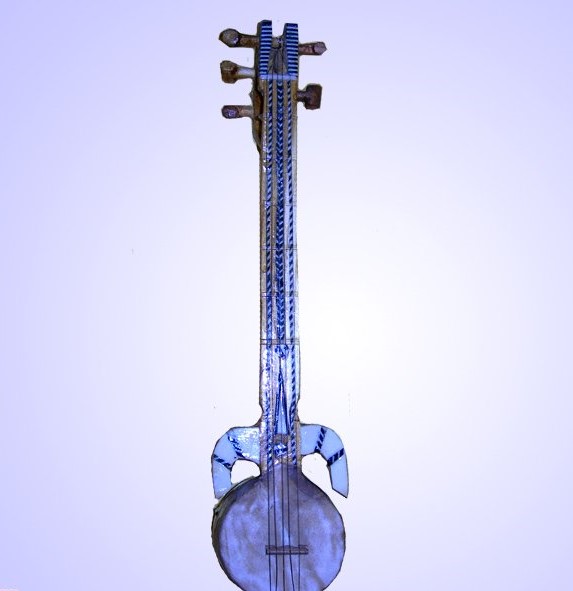The structure of Dolange-wap
The traditional Dolangewapu, the body is made of mulberry, apricot or walnut, with a total length of about 80 cm.

sound box
The upper part is connected to the wider piano bar, and there are several small circular sound holes on it. The lower part of the resonance box is in the shape of a hollow scoop, and the front is covered with donkey skin, horse skin, yak skin, goat skin or python skin, with a surface diameter of about 22 cm.
piano bar
It is short and thick, narrow at the top and wide at the bottom, and the fretboard is wider on the front side, and there is no grade. The headstock is bent back at a right angle, the string groove is transparent, and there are three to six T-shaped pegs on both sides, usually five or six, for the main strings. There are four to thirteen T-shaped pegs on the left side of the piano bar, usually seven to ten pegs, which are used for resonating strings.
strings
All steel strings are used, and there are also individual resonant strings that use casing strings. Bamboo or wooden bridge-shaped bridge-shaped horses are placed on the leather surface, and strings are attached at the bottom.
It can be used for solo, ensemble or accompaniment.
 渝公网安备 50010702504639号
渝公网安备 50010702504639号